
Title image above is copyright © Optimate Group Pty Ltd
First published 18th June 2021
First off, I am a complete novice to bonsai, and not to be regarded as some kind of knowledgeable person, because I am not. In fact, this blog section will be me documenting my experiences and mistakes as I go, in case it helps others, or some kind person is motivated to post some helpful tips of their own. Guest posts are welcome too, with full credit given — please fee free to get in touch if this interests you.
My favourite bonsai specimen is the exquisite Japanese maple (Acer palmatum), and this will probably feature the most in future posts as I have a modest collection of different varieties and ages to work with.
(In fact this modest collection literally doubled earlier this week because of a most kind and generous man — thank you so much Chong, I cannot express my appreciation enough. Your collection truly is to die for!)
Last September 2020, I filled a 4 L Air-Pot® small seed tray with seed-raising mix and evenly spaced out 20 seeds from a regular green leaf Japanese maple. The cultivar, if any, is unknown, and it is probably a wild-type variety.
Six seeds germinated, and this is what they looked like on 2nd February, this year 2021:
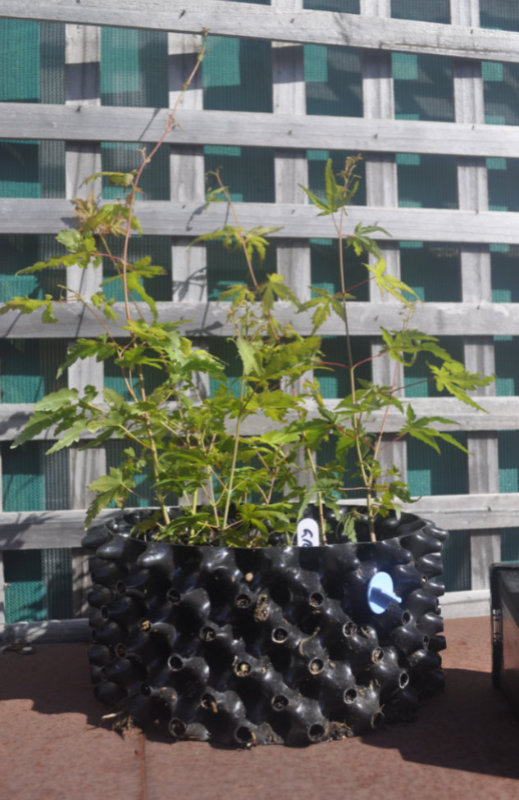
copyright © Optimate Group Pty Ltd
(You can see I didn’t pack this tray tightly enough, as evidenced by how far down the medium has sunk!)
What was interesting was that the thin roots of these seedlings had gone through the bottom of the Air-Pot® by then — some species will do that, like lettuces! — and these roots didn’t seem bothered at all, as with the lettuces. There they were, collecting in the largish air space between the Air-Pot® base and mat below, with nothing to burrow into, and yet not dried out or otherwise unhealthy looking. The root tips were as soft, white and flexible as every other part of the root. The seedlings too didn’t seem stressed in any way, so I left them undisturbed with the intention of separating and repotting once they either showed signs of stress, or entered dormancy, whichever came first.
Of course with our very mild climate and a very unseasonal warm autumn this year (we even had a few 25 °C days!), dormancy was taking too long to kick in (even now, in June, some of my older maples still have greenish soft leaves!). So I took advantage of a really pleasant morning on 6th June to just get on with it.
Here are the seedlings before repotting, with some of those roots clearly visible:
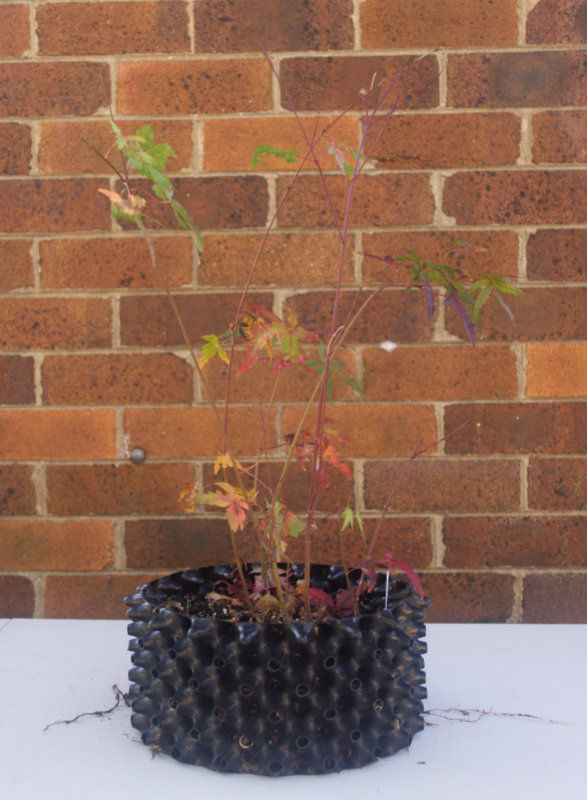
copyright © Optimate Group Pty Ltd
Close-up of the roots:
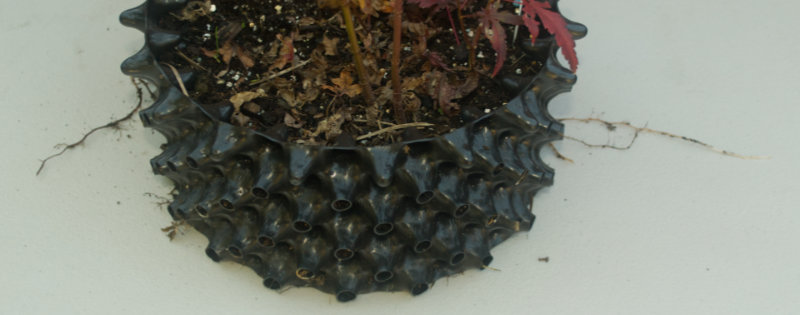
copyright © Optimate Group Pty Ltd
I’m pretty sure I had spaced the seeds out as evenly as possible, but some probably shifted from watering and the seed mix settling, as can be seen by the two very close seedlings in the above photo at front. I was actually very happy to see that, and will repot them that way — a naturally forming twin-trunk, or sokan style.
Here’s a close-up of the potential twin-trunk bonsai to come:
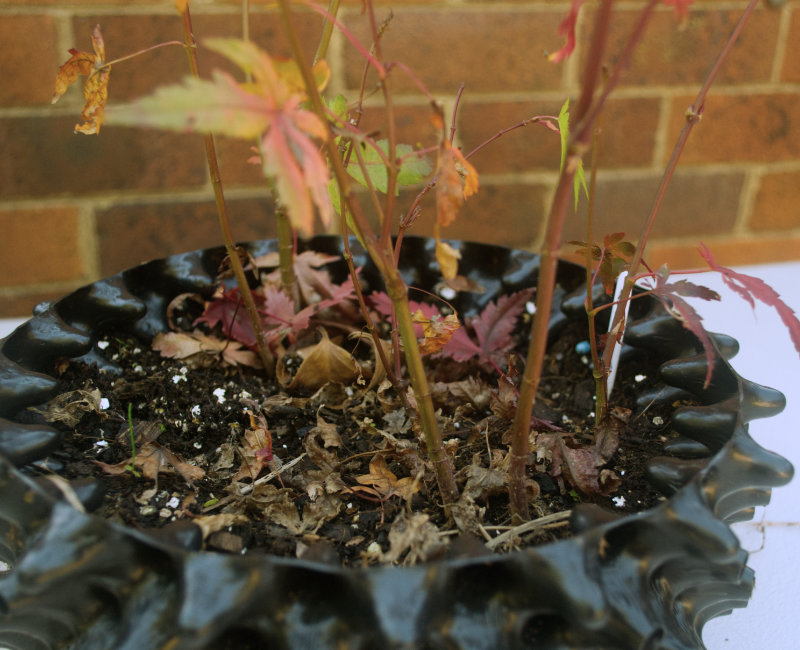
copyright © Optimate Group Pty Ltd
The next few photos are of various shots of the roots and presented without commentary:
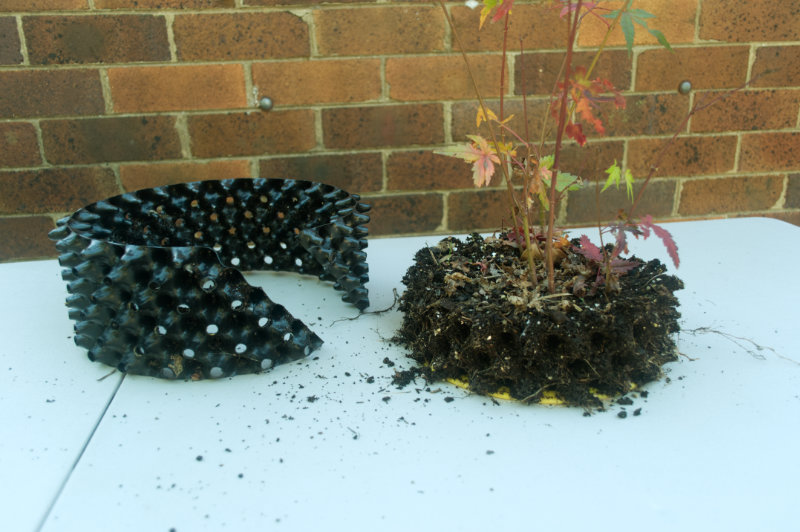
copyright © Optimate Group Pty Ltd
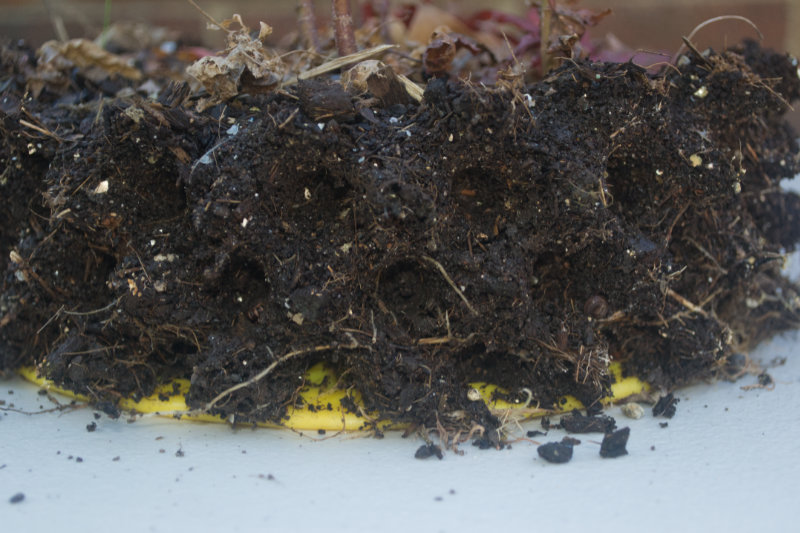
copyright © Optimate Group Pty Ltd
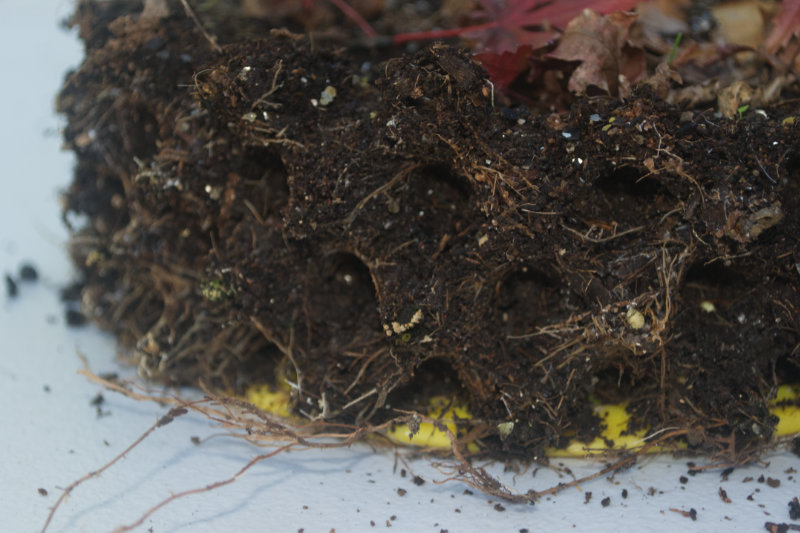
copyright © Optimate Group Pty Ltd
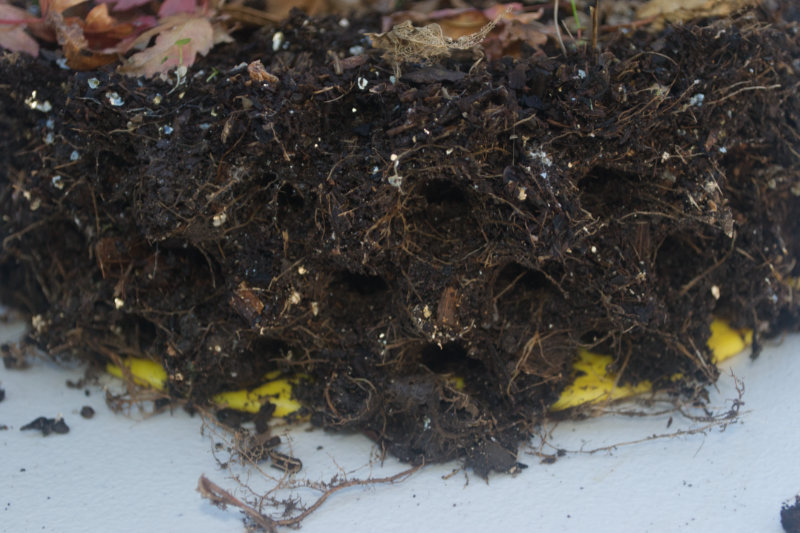
copyright © Optimate Group Pty Ltd
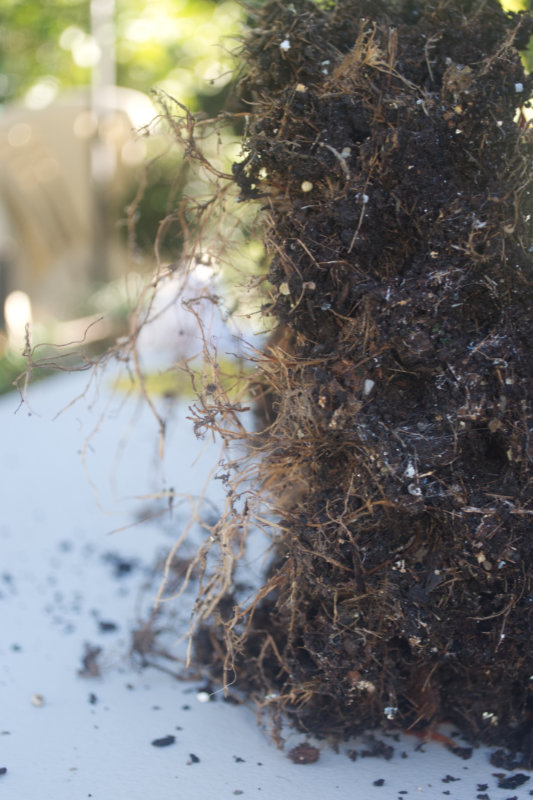
copyright © Optimate Group Pty Ltd
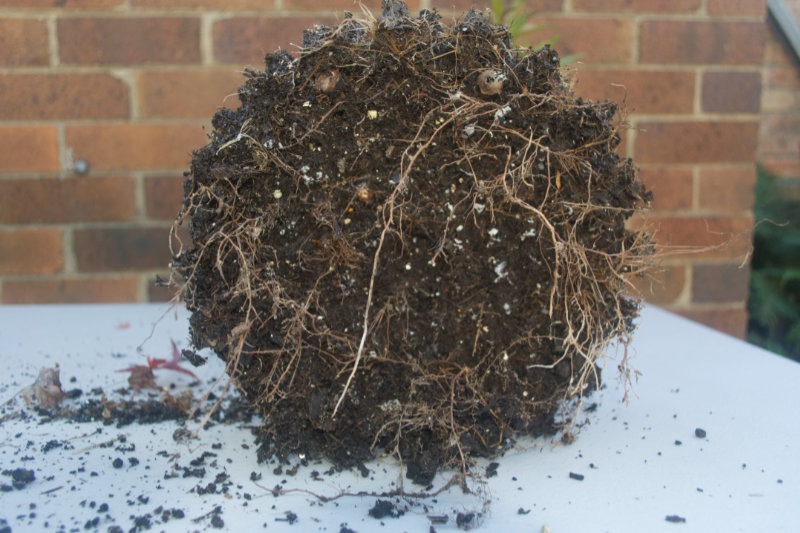
copyright © Optimate Group Pty Ltd
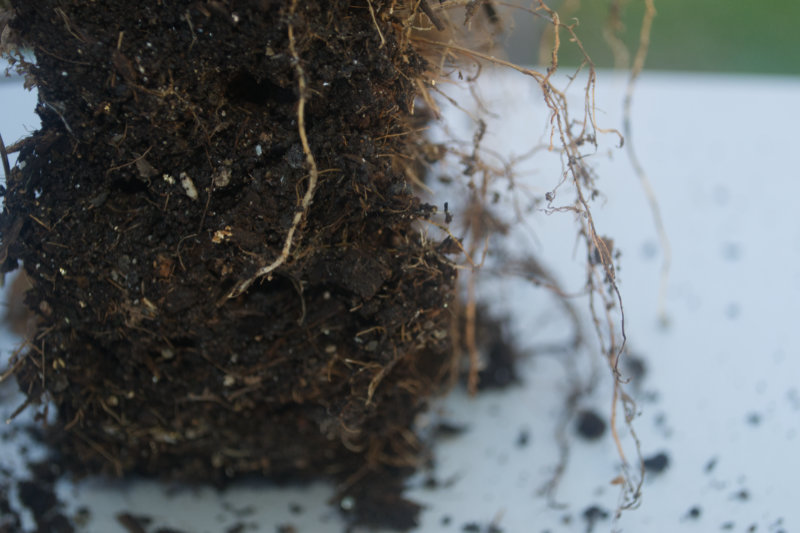
copyright © Optimate Group Pty Ltd
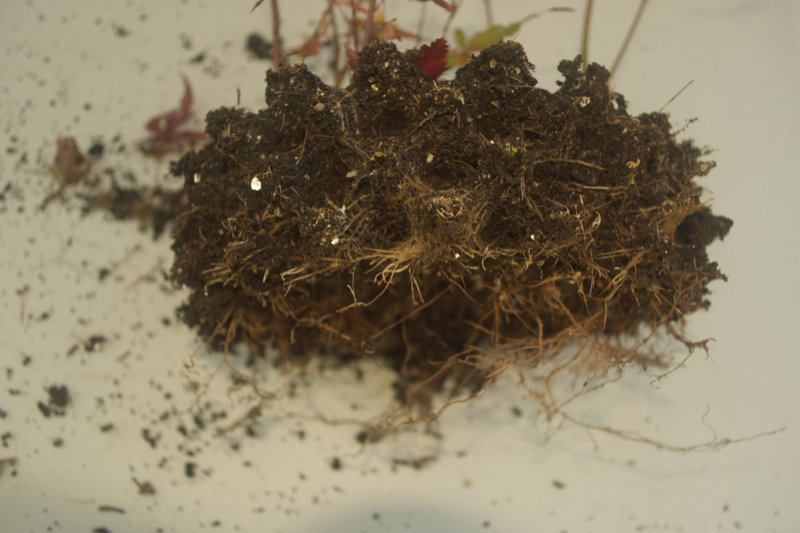
copyright © Optimate Group Pty Ltd
The next few photos show the seedlings bare-rooted as much as possible, again without commentary. Anything that wasn’t removed by gentle manipulation in a bucket of water was left alone. All seedlings were kept in water until ready for repotting.
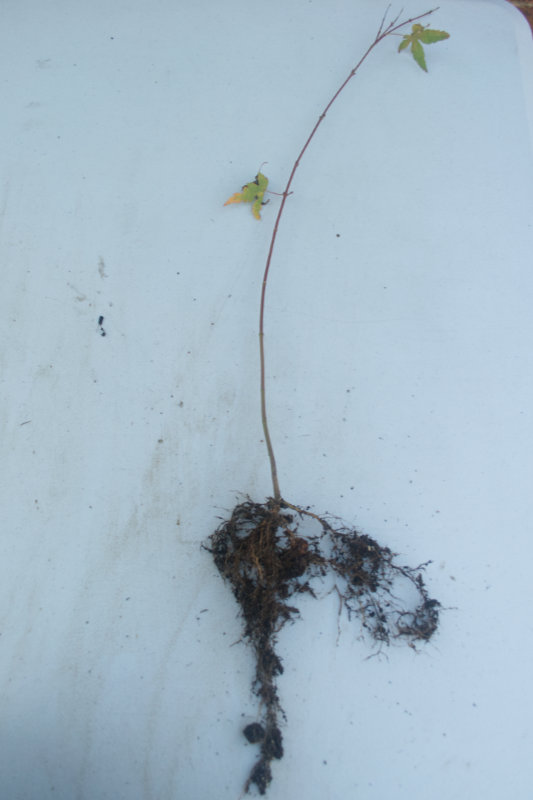
copyright © Optimate Group Pty Ltd
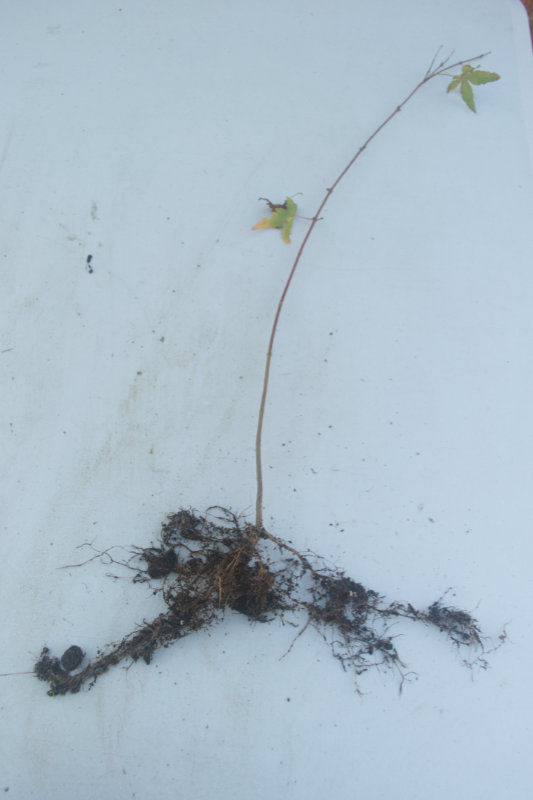
copyright © Optimate Group Pty Ltd
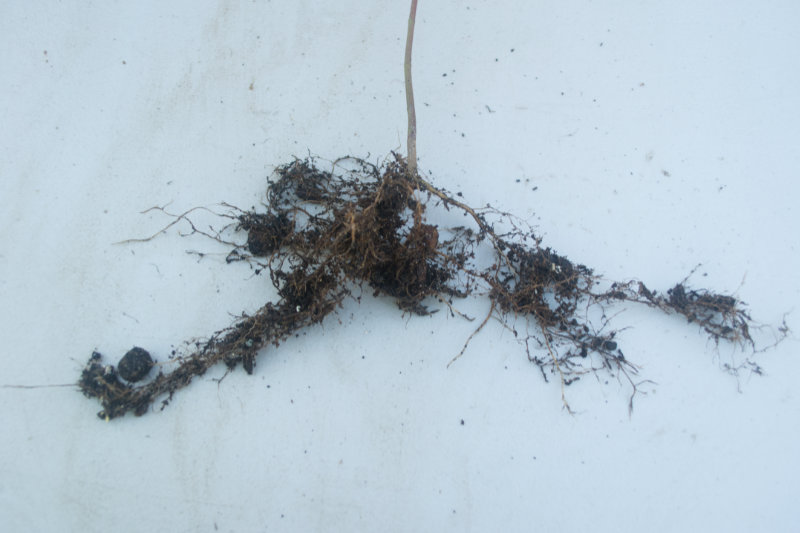
copyright © Optimate Group Pty Ltd
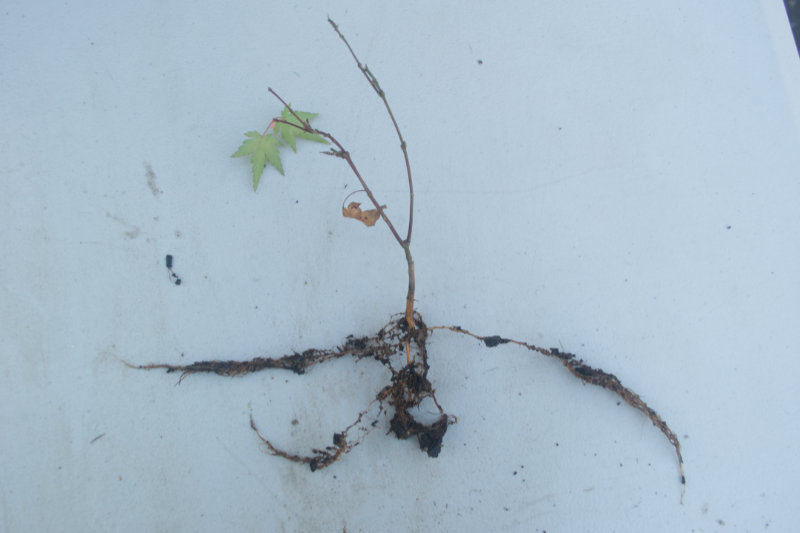
copyright © Optimate Group Pty Ltd
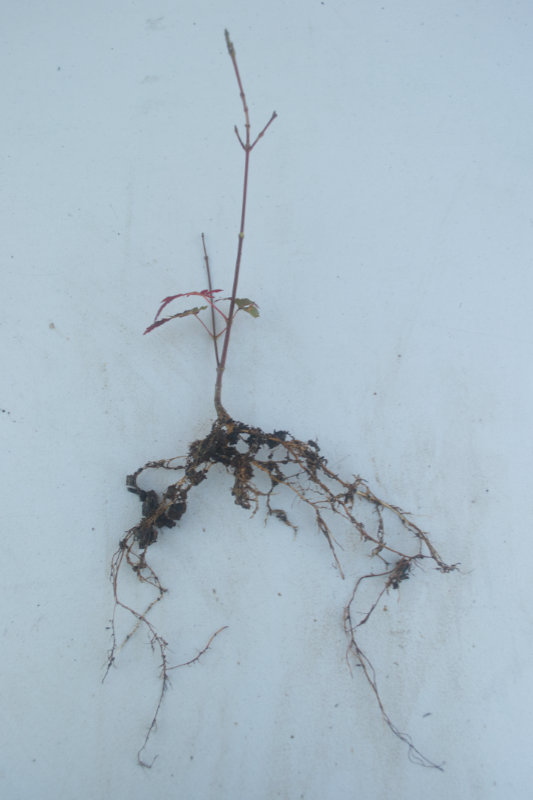
copyright © Optimate Group Pty Ltd
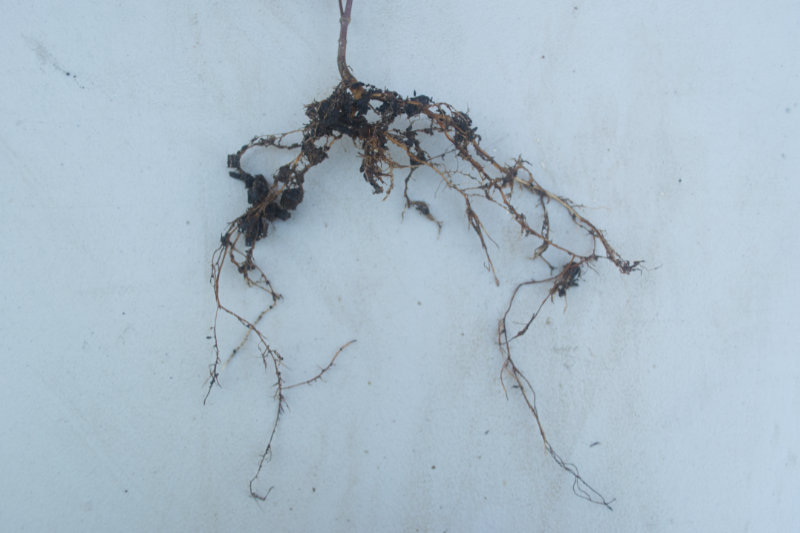
copyright © Optimate Group Pty Ltd
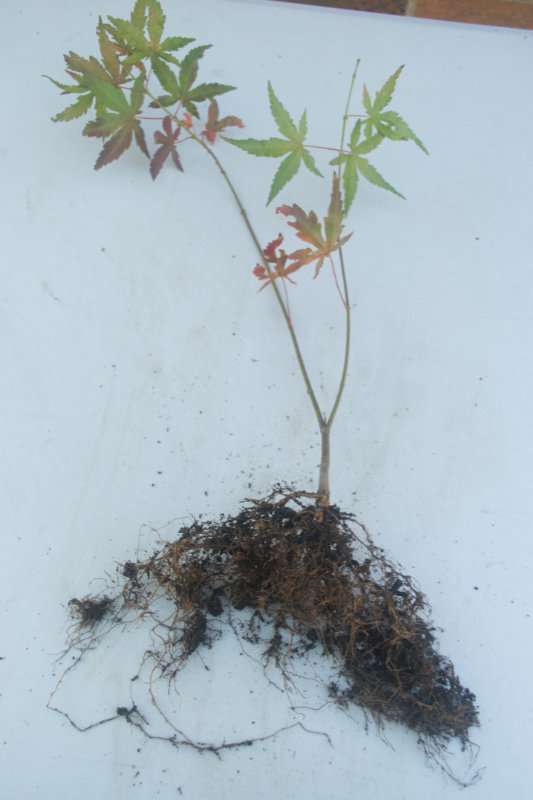
copyright © Optimate Group Pty Ltd
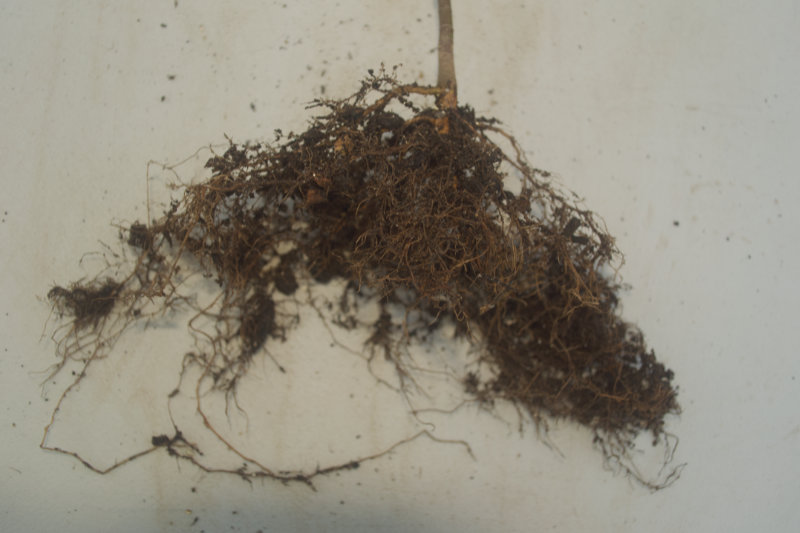
copyright © Optimate Group Pty Ltd
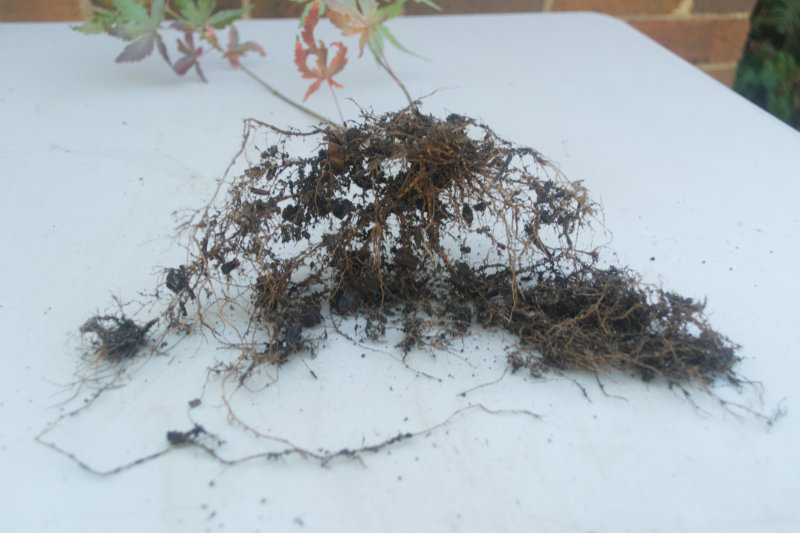
copyright © Optimate Group Pty Ltd
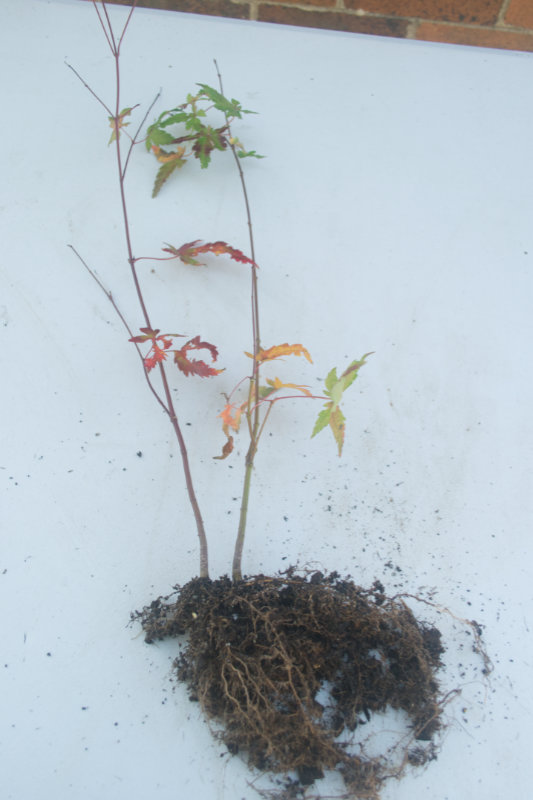
copyright © Optimate Group Pty Ltd
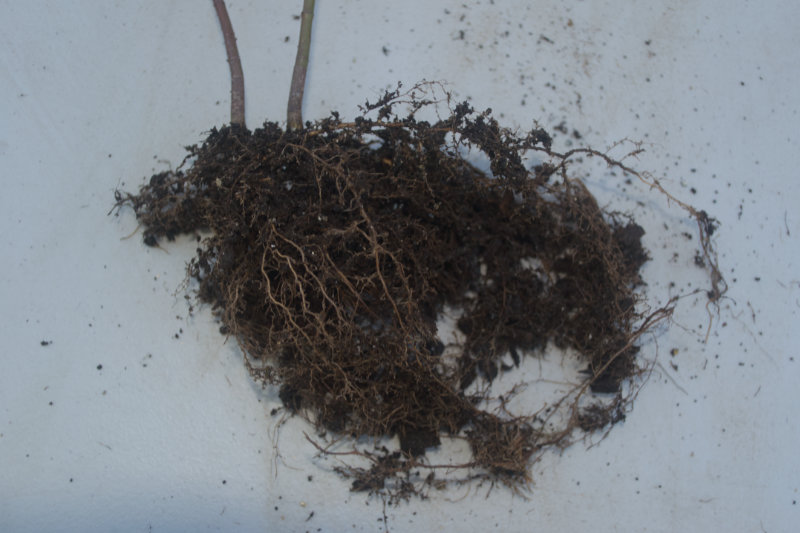
copyright © Optimate Group Pty Ltd
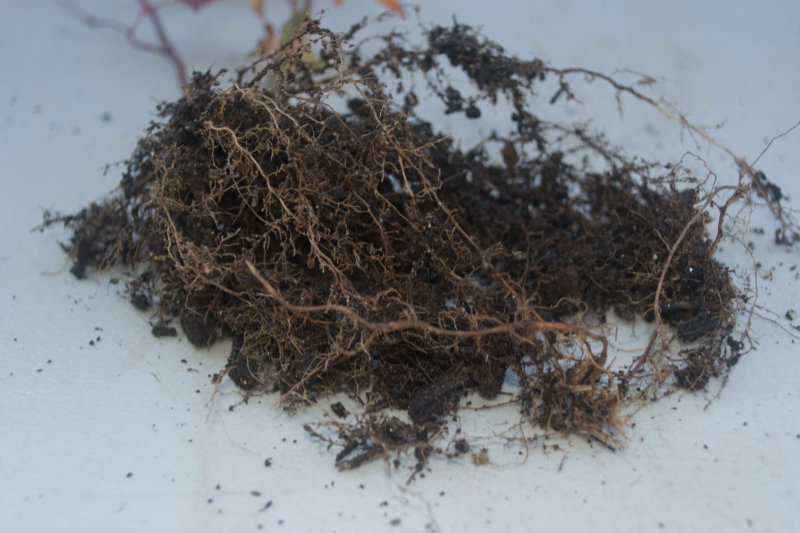
copyright © Optimate Group Pty Ltd
Prior to removing these seedlings from the seed tray, I thought, going by the trunk diameters, that I’d need the Air-Pot containers in the photo below: the 4 L seed/propagation tray for the twin-trunk seedlings, and the 1 L propagation pots for the other four. (No, I don’t know why there are five there either!)
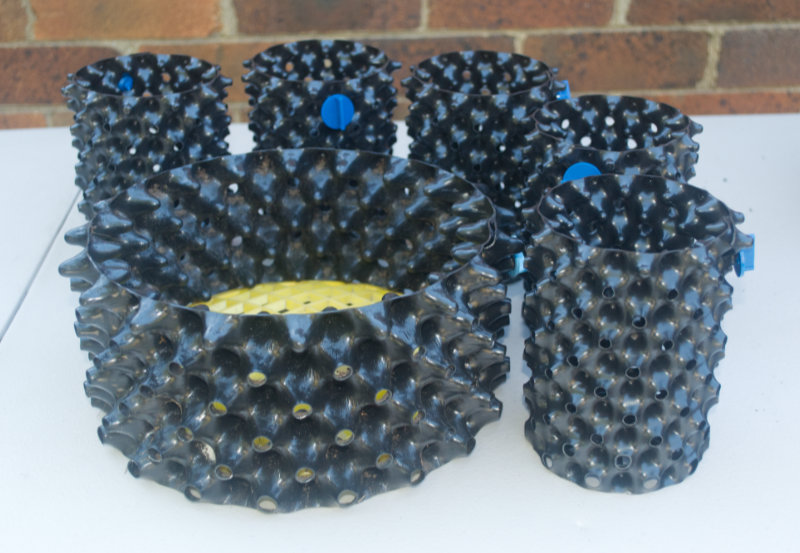
copyright © Optimate Group Pty Ltd
I had photographed them ahead of time, but there was no way those beautiful fibrous root systems were going to fit into the 1 L Air-Pot containers! I needed two of the 4 L and three 3 L containers for those.
Below are the potted up seedlings ready to come back to life this spring and to hopefully produce with great expectations(!) still more fibrous growth in their new containers.
In case you’re wondering as to why the seedlings are to one side of each of the 4 L trays, this was to enable the longest roots to spread out as much as possible without hindrance. The trays were designed for propagation after all, not for seedlings to be repotted into them, and thus aren’t that deep in the grand scheme of things. Nonetheless they have so much potential as root-training containers, and I shall provide updates later this year!
The 3 L containers are of course narrower but deeper than the trays, and I could pot those seedlings up with plenty of vertical spread for those roots. And again I shall provide updates later!
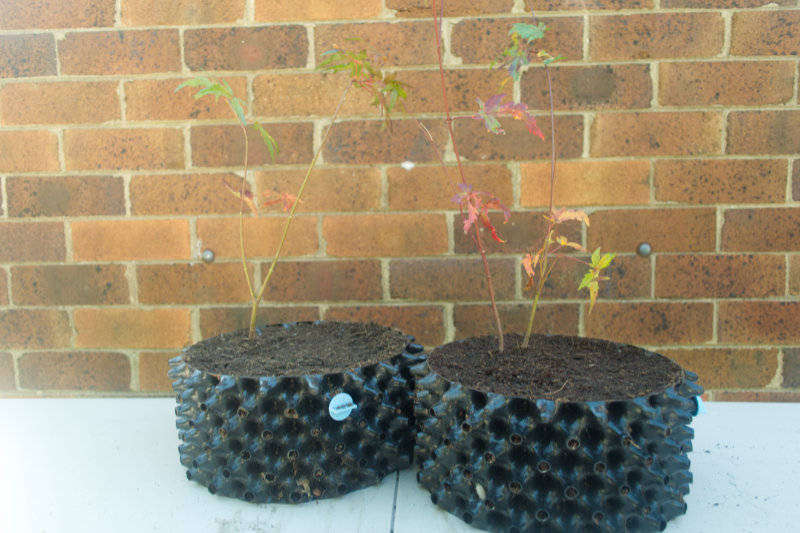
copyright © Optimate Group Pty Ltd
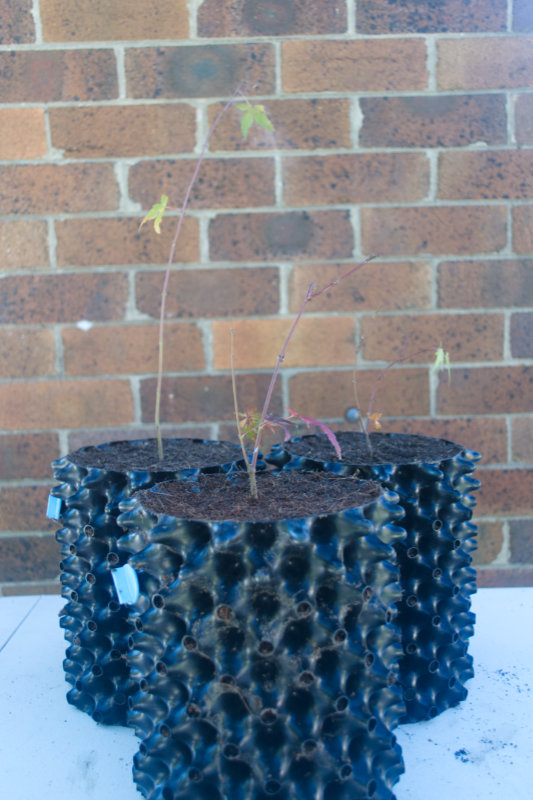
copyright © Optimate Group Pty Ltd
Kristi Ellinopoullos
BSc(Hons), U.Syd. - double major in biochemistry and microbiology, with honours in microbiology
PhD, U.Syd - soil microbiology
Stumbled into IT and publishing of all things.
Discovered jujube trees and realised that perhaps I should have been an agronomist…
So I combined all the above passions and interests into plant-related websites and blogs, on which I write about plants, gardening, botany, soil chemistry, soil microbiology and biochemistry!
If you have any deep interest in microbiology and/or biochemistry, and how these apply to plants, I’m writing a deep-dive online book From Soil to Fruit here.
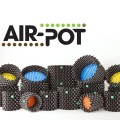
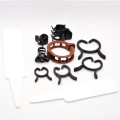
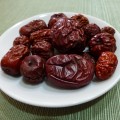
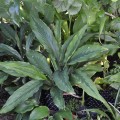
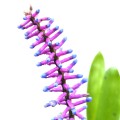
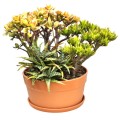
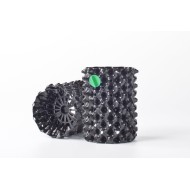
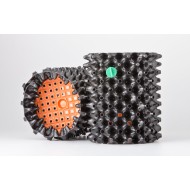
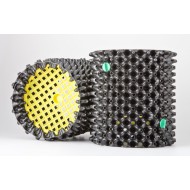
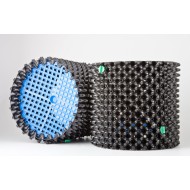
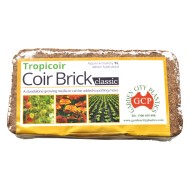
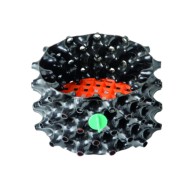
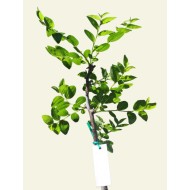
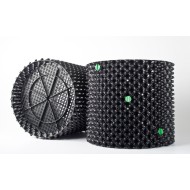
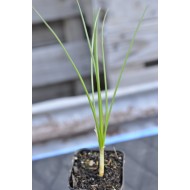
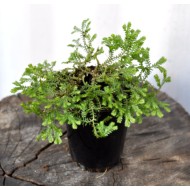
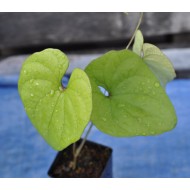
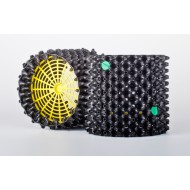
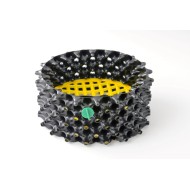
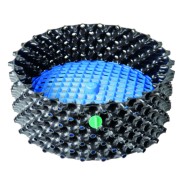
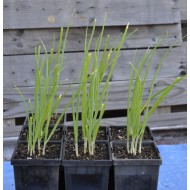
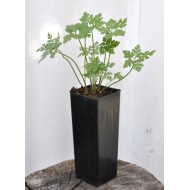
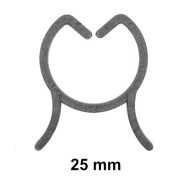
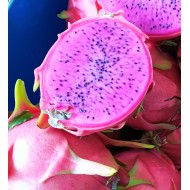

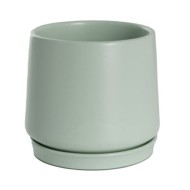
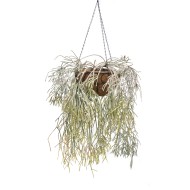
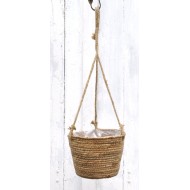
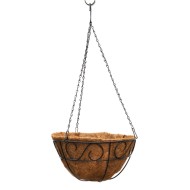
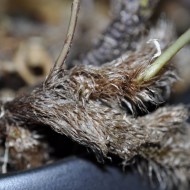
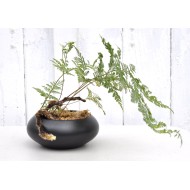
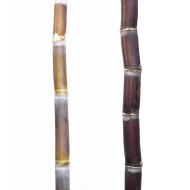
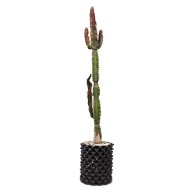
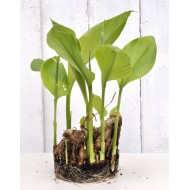
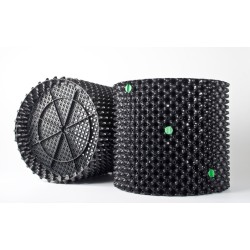
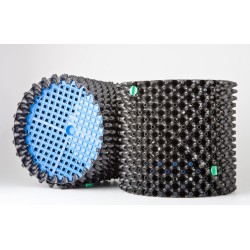
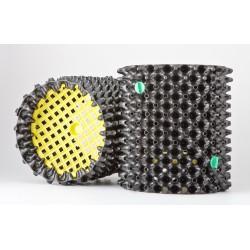
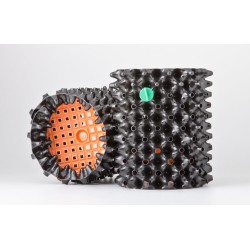
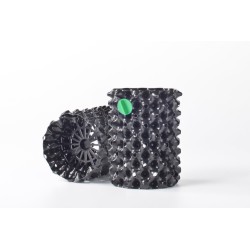
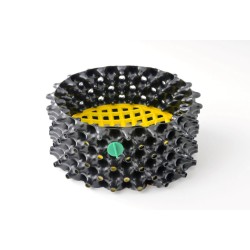

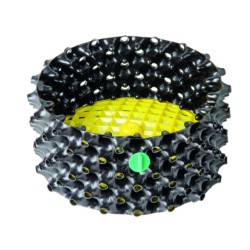
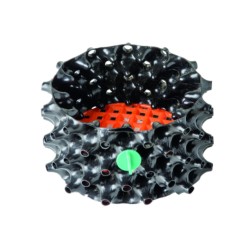
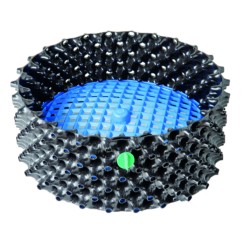
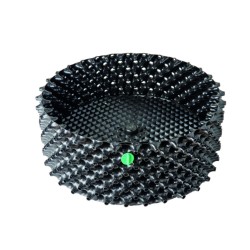
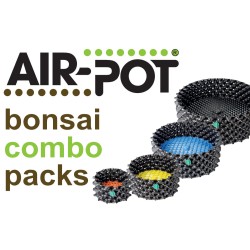
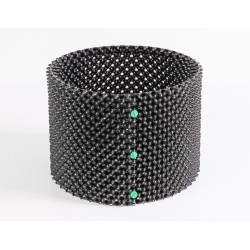
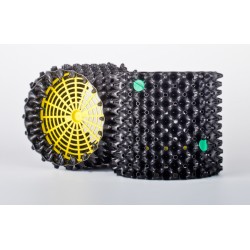
Leave a Comment